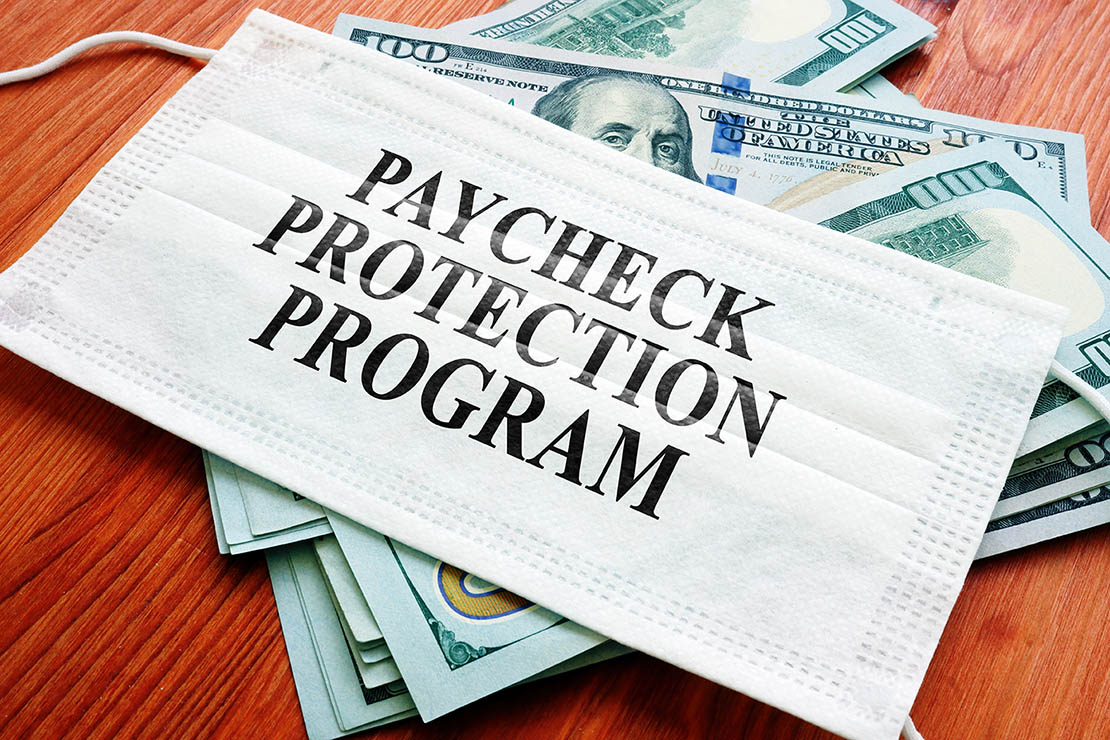Understanding New Changes to the Paycheck Protection Program (PPP)

During the Covid-19 pandemic, many in the industry have utilized the government’s Paycheck Protection Program (PPP) Flexibility Act of 2020 in order to keep their companies going and keep their employees on staff. However, because a lot of small business owners across the country were concerned about the PPP’s restriction, lawmakers passed the Paycheck Protecton Program (PPP) Flexibility Act of 2020 on June 4, which relaxes some of the initial PPP’s restrictions. (Note that the PPP application deadline was not extended. You have until June 30 to submit an application for a PPP loan.)
Here’s what changed:
- You now only need to spend 60% of the loan on payroll. This has loosened from the original plan that required you spend 75% of your PPP loan on payroll, with the remaining 25% on “eligible expenses” – i.e., mortgage interest, rent, and utilities. Now it’s 60/40.
- You have a longer period of time to spend your PPP funds. Instead of 8 weeks, you now how up to 24 weeks to spend your loan. You must spend all your funds by December 31, 2020.
- You have an extended date to restore employee wages. The deadline for rehiring employees who were laid off between February 15 and April 16 has been extended from June 30 to December 31, 2020. If you are unable to rehire a worker, you may qualify for a new exemption as long as you can prove you were unable to fill the position with a similarly-qualified employee, or you were unable to return to normal operating levels due to safety reasons.
- You have longer to file your payroll taxes. Originally, payroll taxes were due immediately after forgiveness. The new act allows payroll taxes to be deferred until December 31, 2020.
- You have up to 10 months after the covered period to apply for forgiveness.
What if I don't qualify for PPP forgiveness?
If you do not qualify for loan forgiveness, here are some new regulations:
- You do not have to repay the PPP until your forgiveness application has been processed and completed.
- New PPP loans repayment terms have been extended from 2 years to 5 years.
How to Apply for Loan Forgiveness
2.
Submit the application form to your lender
3.
Your lender is required by law to provide you with a response within 60 days.
What documentation is required for PPP loan forgiveness?
- Documentation verifying the number of employees on payroll and their pay rates for the time periods of the loan.
- Payroll reports
- Payroll tax filings (Form 941)
- Income, payroll, and unemployment insurance filings from your state
- Documents verifying retirement and health insurance contributions
- Documents such as cancelled checks, payment receipts, or account statements that verify that your eligible rent, interest, and utility payments were active in February 2020
- Documents verifying you paid your eligible interest, rent, and utility payments during the PPP time period

